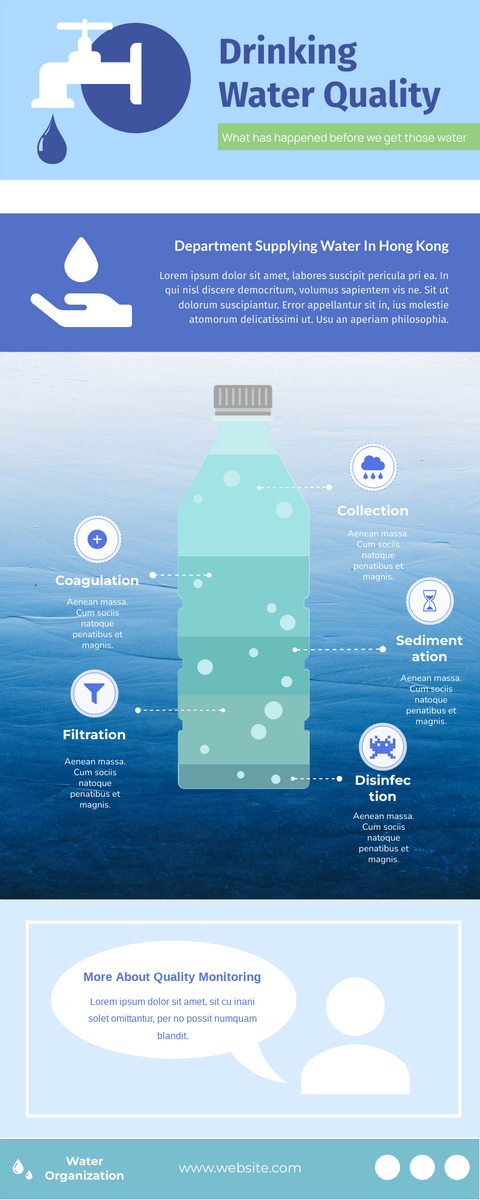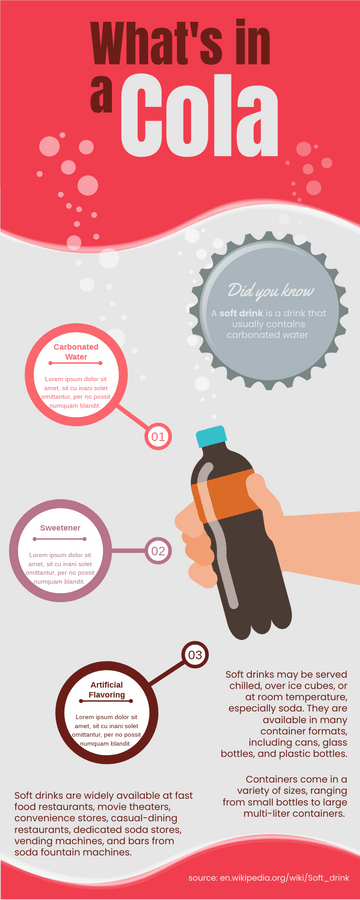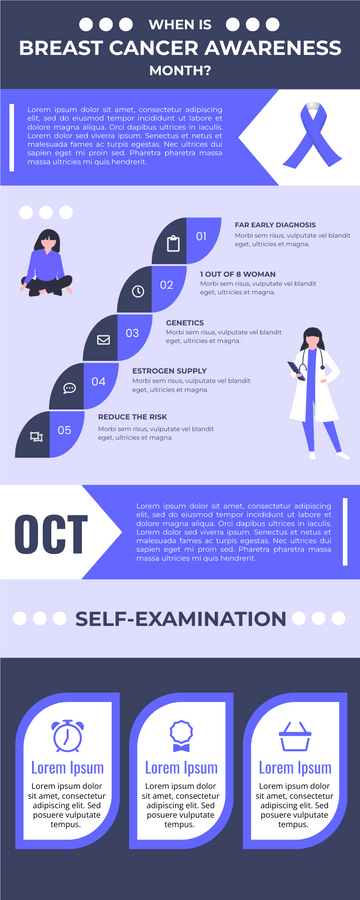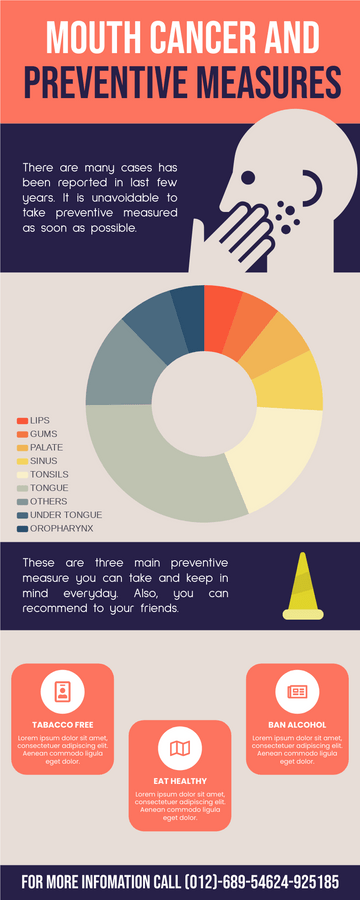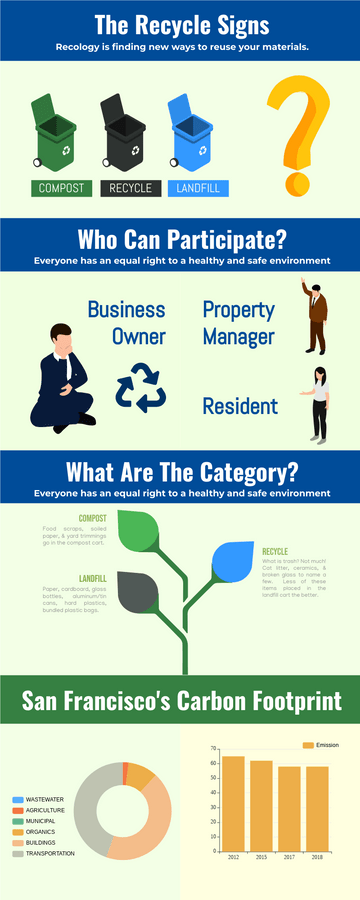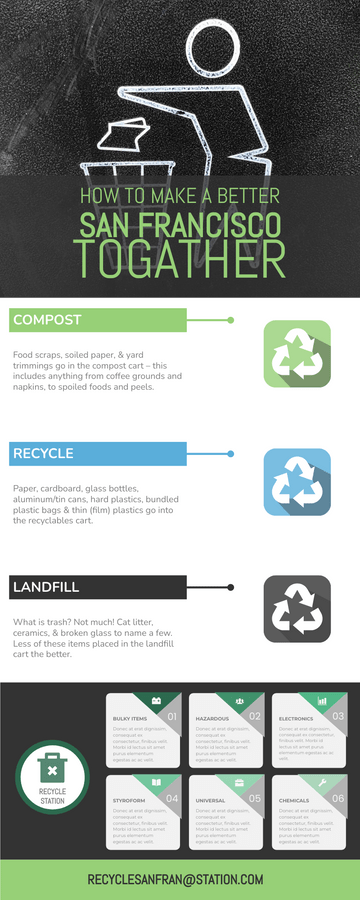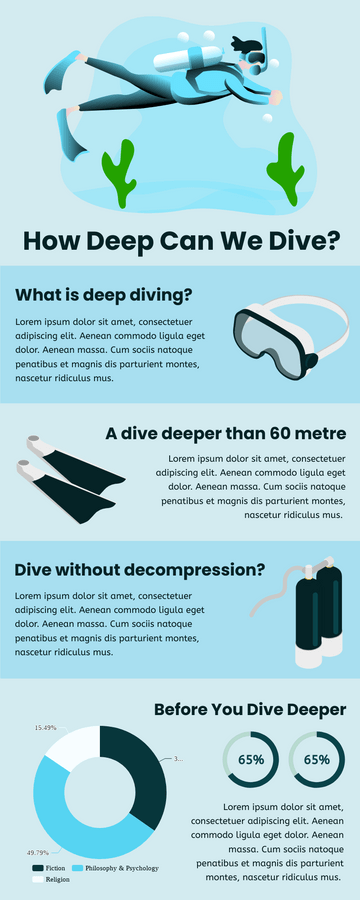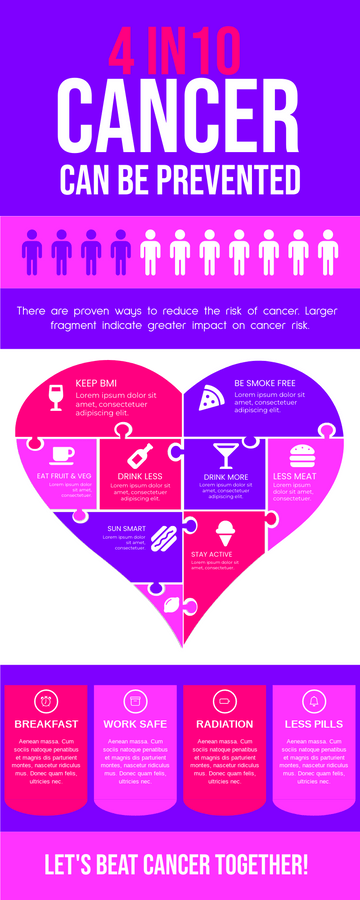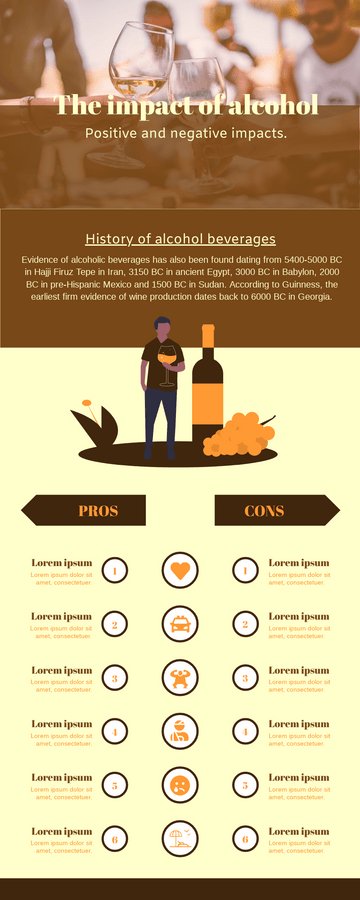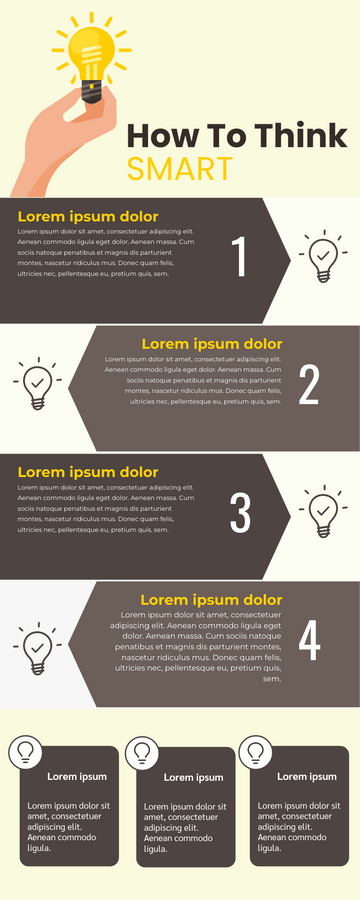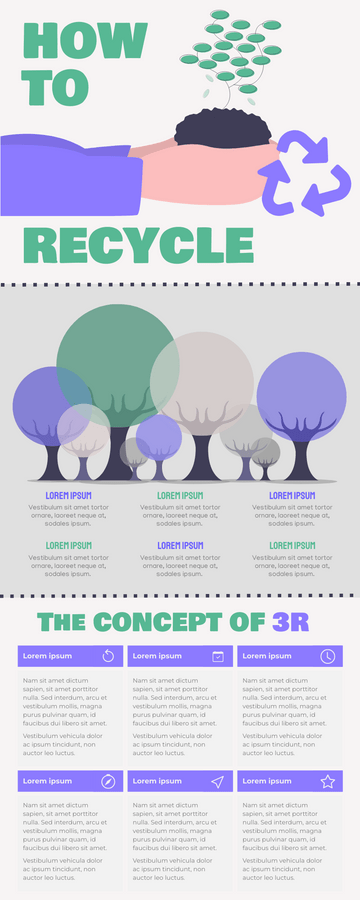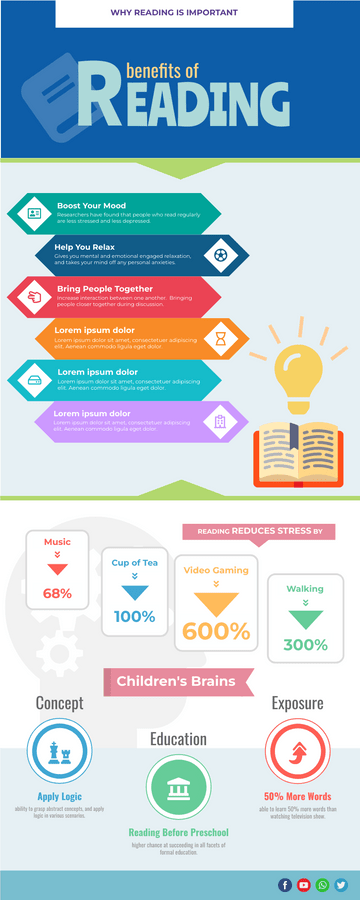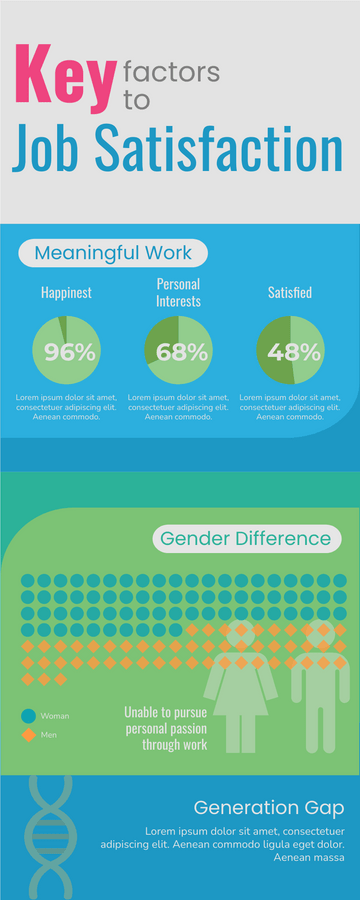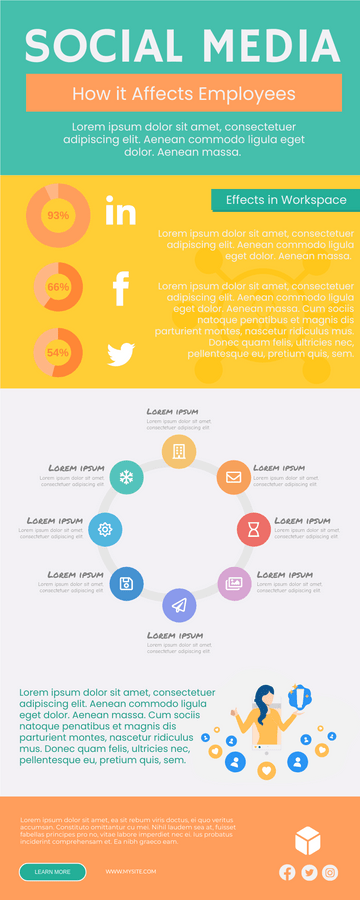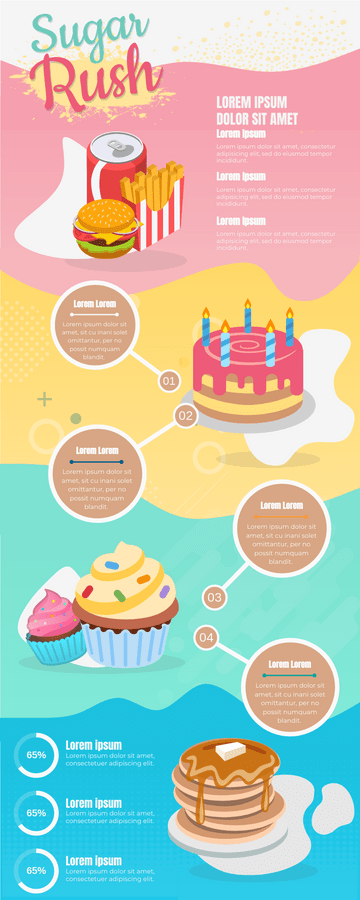Introduction Of Drinking Water Infographic
Water quality depends on the presence and amount of pollutants, on physical/chemical factors such as pH and conductivity, on the amount of salts present and the presence of nutrients. Humans influence all these factors to a large extent because they discharge wastes in water and add various substances and pollutants to water that does not naturally exist.
Water is essential to sustain life, and a satisfactory (adequate, safe and accessible) supply must be available to all. Improving access to safe drinking-water can result in tangible benefits to health. Every effort should be made to achieve a drinking-water quality as safe as practicable.
Clean Water is generally defined as water free from microbial, chemical and physical contamination. This includes pollutants with health risks (e.g. pathogenic bacteria, toxic metals) and pollutants that do not have a health risk but can make drinking water unpleasant (for example, poor taste due to high iron content).
How to Check Water Quality
In order to determine the water quality, samples are taken by the certification body; a small amount of water in the medium that can be assessed in the laboratory. The laboratory tests the various factors in these samples to see if they meet the water quality standards, i.e. the amount of coliform bacteria; these are indicators of drinking water quality. Or the concentration of certain pollutants and other substances, such as eutrophication agents.
